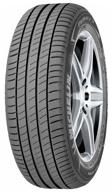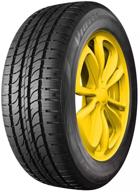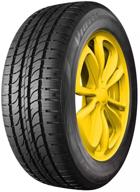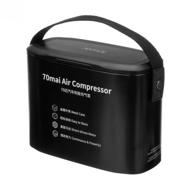
Review on ECCPP Replacement Hubcentric 1 25 5X4 5 by Michael Freemason

Make sure you know why you're adding shims, then do it right.
I have an ECCPP 1.25" with 5 grommets on 4.5" rear wheel spacers on a Mustang. Adding shims to the wheels can, and most likely will, change suspension geometry and, for the front wheels, steering geometry, in addition to compensating for differences in rim offset. Adding spacers to all wheels requires alignment of the vehicle's four wheels. This is not a problem for the Mustang as the rear axle is a one-piece design and is supported at both ends by independent suspension at each wheel. The effect in this case is to widen the track to improve stability and make corners a little faster. The only negative effect may be increased understeer, but not very noticeable. In some cases, if you don't do it right, you can jeopardize the safety of your trip and that of others. I've watched several videos and some of them don't work. On a few important points: 1) The hubs must be thoroughly cleaned with a wire or drill to remove oxidation and deposits. It must be metal free. 2) I would prefer to add a very thin layer of lube to avoid galvanic corrosion (the hub is steel and the spacer is aluminum). I've found that an EP lube (it's not really a lube) slightly increases the friction between the two surfaces (hub and spacer). Again, this should be a very thin layer. 3) The seal must be pressed against the hub with a torque wrench (not the standard ratchet wrench called a torque wrench). Do your homework and find the specified torque value for the lug nuts, and then torque them in a criss-cross pattern to 10–15 lbf ft more than the specified lug nut torque. I would prefer to do it in stages, so 60% in the first round, 80% in the second round and 100% in the final. Your wheels will now attach to the spacer instead of the hub. You don't want the spacer to come loose from the hub at any speed. DO NOT apply grease or anti-seize lubricant to threads. Again, use a torque wrench. 4) Put the wheels on the spacer and tighten them crosswise, preferably in stages, with a torque wrench. It's fine starting with your hand, then with a regular wrench, but be sure to use a torque wrench after that. Again, no lubrication or EP on any of the threads. Did I mention you have to use a torque wrench? Well, it's important. 5) After a few driving hours (10-15 hours) you should tighten the nuts again. Yes, again with a torque wrench.
- Satisfied so far
- ---
New products
Comments (0)
Top products in 🔧 Tires & Wheels Parts
Another interesting products
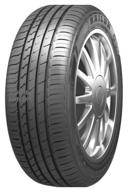
Sailun Atrezzo Elite 225/60 R17 99V tires

36 Review
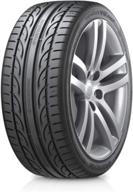
Hankook Ventus V12 evo 2 Summer Radial Tire Review: 255/40R19 93Y

50 Review
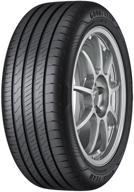
Goodyear EfficientGrip Performance 2 205/55 R16 94W summer

32 Review
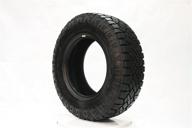
🚀 Enhanced Traction Goodyear Wrangler DuraTrac 265/65R17 All-Season Radial Tire - 112S

28 Review


